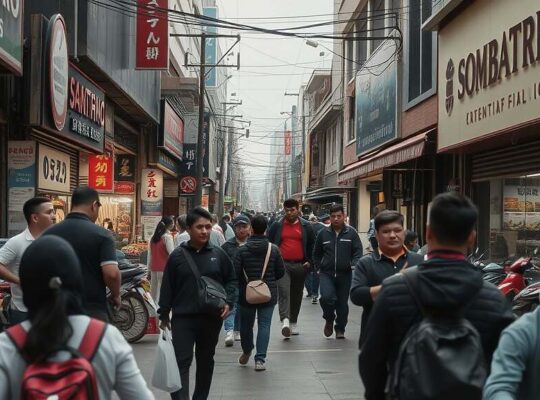The flow of Ukrainian refugees into Berlin is experiencing a resurgence, raising complex questions about integration policy, military manpower and the evolving nature of international protection. Recent figures released by the Berlin State Office for Refugees (LAF) reveal a significant uptick in new arrivals, with 1,304 Ukrainian citizens registered in October alone – the highest number seen in two years.
This renewed influx is placing considerable strain on Berlin’s already stretched resources, according to Integrationsstaatssekretär Max Landero of the Social Democratic Party (SPD). He characterized the situation as presenting “very significantly increased access numbers” highlighting a notable presence of young men among the arrivals. Landero attributed this trend directly to recent Ukrainian government decisions, which have relaxed previous restrictions on male citizens departing the country.
These policy shifts, enacted in August, permit men aged 18 to 22 to leave the nation, a significant departure from earlier regulations that largely restricted male departures to those aged 18-60 requiring special permits. The intention behind the stricter rules had been to prevent citizens from evading military service, given the ongoing conflict. The minimum age for conscription remains at 25.
While overall refugee numbers in Berlin are down compared to last year – with 6,623 registered at the Tegel arrival center up to October against 8,961 in the same period last year – the recent surge signals a potentially volatile situation. The Federal Ministry of the Interior acknowledges the rise as potentially representing “an initial phase of increased migration” suggesting a reaction to the loosened Ukrainian exit policies. However, officials have cautioned that the trend of increased male departures could be temporary.
The reappearance of these younger men introduces a layer of political sensitivity. While offering a degree of logistical flexibility for both Ukraine and host nations, the increased flow challenges established integration strategies and could strain social welfare programs. Critics argue that the relaxed exit policies exacerbate an already complicated narrative regarding commitment to military support and long-term integration efforts. Furthermore, concerns linger about the potential for future policy changes and their impact on the stability of reception systems within Berlin and across Germany. The situation demands a reassessment of existing support frameworks and a proactive approach to address the underlying factors driving this fluctuating migration pattern.












